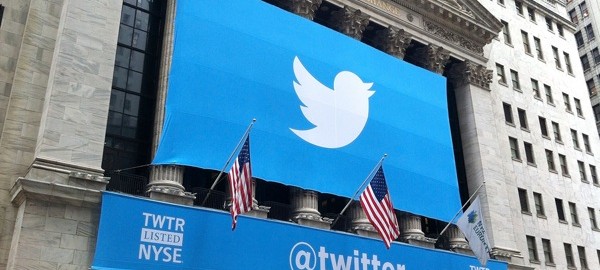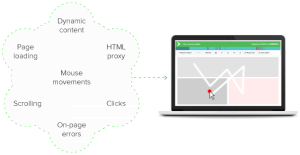
Twitter.
It’s a big scary social media platform (for those who don’t know how to use it right).
But an incredibly useful engagement tool for those who do.
At first glance it can seem that Twitter is just for sending endless promotional tweets out to the people who have chosen to follow you. This is all well and good, BUT, did you know you could be using Twitter to increase the reach and engagement of your brand?
For example, Twitter’s recent upgrade of their search function allows you to filter searches on a range of different criteria; from ‘Accounts’ to ‘Photos’, to ‘Videos. Pinpointing users and content that are super-specific to your niche enables you to deliberately shift the conversations about your brand.

It’s important to approach Twitter conversations in the right way, with preparation and planning.
In this article, I will outline the key steps for increasing reach and engagement by creating conversations across Twitter.
Picking who to create conversations with
The important thing to remember about being proactive on Twitter is that you can interact with as many people as you like – but if they don’t influence your business or brand, then they aren’t doing you any good.
You can have 250,000 followers but only engage with 2 of them OR have 10,000 followers and engage with 100’s. Selection is vital.
Industry influencers are probably the most important connections you will get because your customers trust their opinion on social media.
Quality signals include having a large following, presence across various social networks and obvious signs of engagement on their website or blog. If they influence you, then they are most likely to influence the people who care about your industry.
Connecting with these influencers will increase your brand awareness, likeability and all round image.
Ability to spy on the competition
The convenient thing about Twitter is that you have an open view of what your competition is doing. This ability to actively follow competition basically provides you with a look into their PR strategy.
There are three steps to spying on your competition:
- Follow a range of your competitors on Twitter. This includes employee accounts to ensure you don’t fall behind the latest press release.
- Monitor their replies so you can see any issues the competition are having. Twitter is great when customers like you, but when they don’t, it provides a live audience to all. If you see your competitor’s customers stating an issue with their brand, it opens a chance to steal away business. 83% of customers have deserted a purchase after receiving poor customer service so why not make that sale yours instead! The key with this is not to appear to be selling a sales pitch, instead be friendly and offer a different alternative leaving the power with the customer.
- See what social media platforms they link to their Twitter, so you can ensure you are at the same level and using them at least the same amount or more.

Proactive searching for new leads
Businesses on Twitter usually follow one of these strategies; reactive or proactive tweeting.
Being reactive on Twitter means reacting to situations as they happen, so if a competitor’s system fails, you could use it to steer those customers in your direction.
Proactive on the other hand means to actively hunt down new customers, by writing new blog posts, sending out tweets to the correct audience and commenting on related content.
Choosing between the two is dependent on where your business is at, and whether you’re more interested in gaining new customers or keeping the current ones.
I’m going to focus on gaining new ones, and finding the right people on Twitter using the data they provide.
Finding audiences based on different data
Twitter users readily provide a vast amount of personal data about themselves or their business. These span from their bio, use of hashtags or interactions with blogger chats and current events.
For example, if you’re trying to find some potential local customers around the London area, simply use the “places” option in the Twitter advanced search, and set the radius you’d like to focus on. This can ensure you are not pitching to an area you cannot supply to.
When promoting your product or service, using the information users have written in their bio is crucial. A fashion blogger for example is most likely to have the words ‘fashion’, ‘blogger’ or ‘fblogger’ featured at some point. All together this work can lead to many different things, from simply interacting with more relevant consumers to directing a sales pitch.
The important thing to remember is to focus on the person and not just the tweet.
A Twitter bio is rich with Meta data that you can utilize such as URL, location, what the person does for a living, hobbies etc. This data means it becomes a lot easier to find new targets to contact, rather than just searching through tweets. For example, a business professional may note their job in their bio but never mention it via their tweets.

The proof
If you still don’t believe that proactive Twitter activity can work here’s a stat for you – a total of 724 proactive interactions in related areas, can convert to an average 33% action rate, a 25% click through rate and an amazing bounce rate of just 50%. These statistics were taken from only a two month time span, through interacting with a range of relevant business people, all of different areas and with different ideas.
This is just by putting more time into creating conversations with people who will actually be interested, rather than just sending a blanket tweet to all.
So why bother?
So I’ve showed you some insight into creating those vital conversations on Twitter, with the right people.
Quality rules over quantity in this case, and if you interact with the right person who opens the door to a whole new area, the benefits will be worth it.
Digital & Social Articles on Business 2 Community(110)






